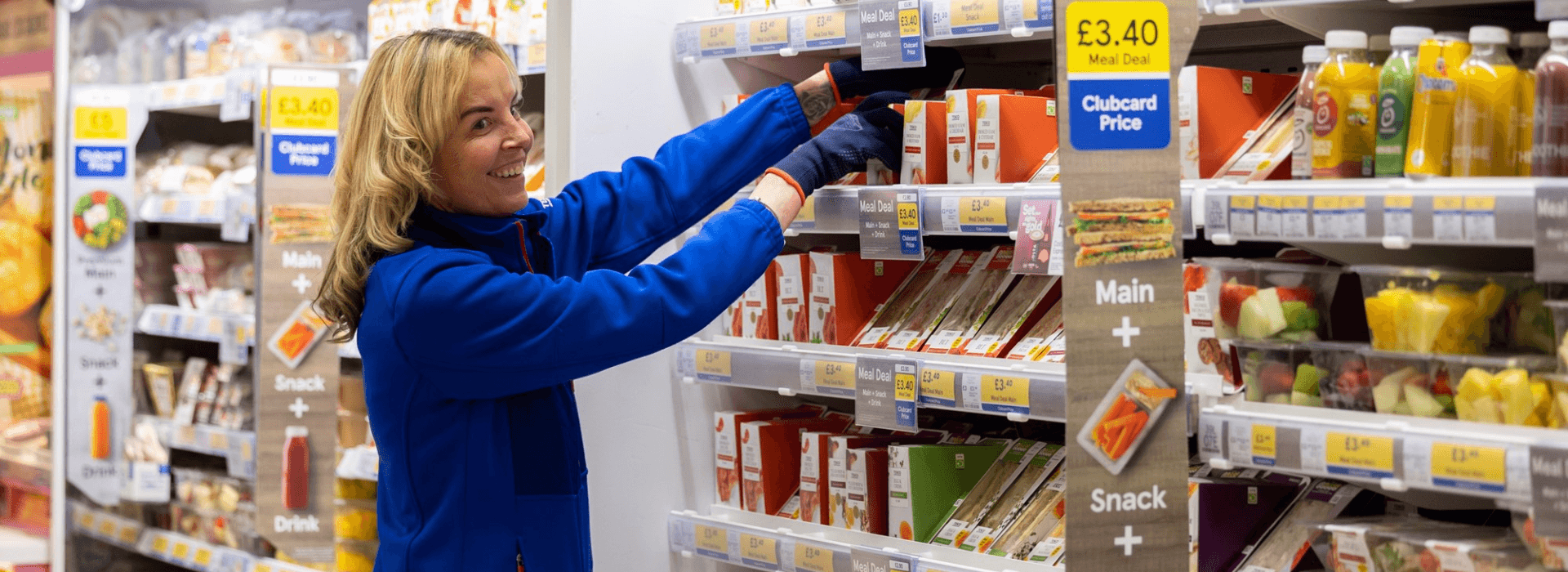
How rethinking returns can drive up sales
With so much choice out there for consumers, retailers are under pressure to distinguish themselves from the competition. We look at three ways retailers can add value and drive shopper retention.
1. Giving back is the new taking – improved returns can drive transactions.
Returns and refunds are an inevitable part of shopping. Optimising how you deal with these processes can save money as well as leave shoppers satisfied and poised to purchase again. The transaction experience is about more than money flowing from customer to retailer. Getting money back to shoppers quickly can have underestimated impact on both loyalty and revenue.
“We worked with a merchant who felt they had focused too much on taking money from customers and not enough on giving it back,” explains Tom Essenhigh, VP of Retail. “But people remember the bad experience of a slow refund more than taking their money quickly. Mirror taking in giving back to keep a continuously great experience.”
Payout optimisation is a key tool to for heightening customer contentment. By simplifying and streamlining payouts, retailers can offer customers a better way to return items and pay suppliers. This leads to increased customer satisfaction and loyalty, whilst keeping costs and in-bound support calls, emails, and chat support volumes down.
- Shoppers have high expectations when it comes to refunds, with 47% expecting money to be back in their accounts within 24 hours, and 18% expecting an immediate refund.
- Overall, 32% of shoppers have made a retail return in the last six months, with that rising to 48% in the US.
- 96% of shoppers think easy refunds and returns are important
(Source: Payments Performance for Retail, Worldpay, 2024).
How quickly money can be back with shoppers varies across payment types and geographies; and processing large numbers of returns – for example after an item recall – can cause cash flow issues. This is exacerbated by fluctuating FX fees and bank deductions.
Retailers may find low-cost and real-time pay-out solutions drive notable efficiencies in making payments back to customers.
2. Most merchants have loyalty schemes, so make yours best in class
Being in a new era of retail means being in a new era of loyalty schemes, where what once would have been ‘good’ may no longer be good enough to keep shoppers coming back.
Sixty-one percent of surveyed respondents said that a ‘trusted history’ with a brand contributes to them returning, and 87% said that being able to accumulate rewards is important; rising to 89% who say generous rewards will be important in the future.
Providing the right loyalty schemes isn’t just about incentivising customers, but about giving meaningful rewards at the right time. Done well, this may relate to who they are, what matters most to them, and their life stage. The data obtained via loyalty enrolment can feed into personalisation approaches for shopper segments. Ultimately, loyalty schemes have become a core lever retailers can pull to drive shopper behaviours.
The right loyalty scheme balances cost with long-term gains. Having the tools to understand customer behaviours over time and across channels is essential for satisfying and forecasting.
What types of reward schemes do customers want?
Whilst traditional points schemes were once the mainstay of retail loyalty programs, many now combine points with a tiered system where rewards are set based on spend. At the top of the rewards hierarchy will be the VIPs who spend the most, perhaps share items via social, or demonstrate other behaviours that help generate more income or interest for brands.
It’s important for rewards to feel genuine, targeted, and to even help alleviate financial pressures and burdens. Brands who fail to create deep connections with their customers may struggle to keep them.
Most loved rewards schemes:
- Collecting points to redeem against purchases or free items
- Cashback based on what you spend
- Tiered rewards: segmenting by spend and rewarding big spenders better
- Fee-based membership where customers pay for upfront gains
- Punch card rewards: collect stamps for a free item
Tip: Use your reward schemes to drive sustainable behaviours in your shoppers, like returning recycling or refilling, as 88% of respondents said they were open to participating.
3. Reflect changing beliefs and values
Sustainability, supply chain transparency and ESG (Environmental, Social and Governance) feature highly when it comes to what matters to shoppers, playing a part in what they buy and where. Retailers may want to ensure sustainability pledges are clear, actionable and with timelines; as well as providing shoppers with a way to arrive at ethical items: for example, through filters and curation.
Allowing shoppers who care about sustainable or ‘green’ issues to find products easily online can also extend to the in-store experience – something that hasn’t yet been exploited fully by many merchants. Regardless of channel, shoppers who want to know more about brands or items may spend more when they’re clearly guided to what they seek.
- 85% say they expect brand ethics to play a role in where they shop in the future
- 74% are open to purchasing pre-loved items
- 57% say that a sense of community is important to them when they’re shopping
When retailer and shopper are connected more often and on a more personal level, there is a greater chance to form lasting two-way dialogues, reinforce brand value and provide opportunities to shop.
For more tips on using payments to drive business outcomes, read our report. The data cited in this article was collected by Worldpay with Savanta in 2024 as part of our Payments Performance research.
Related Insights


